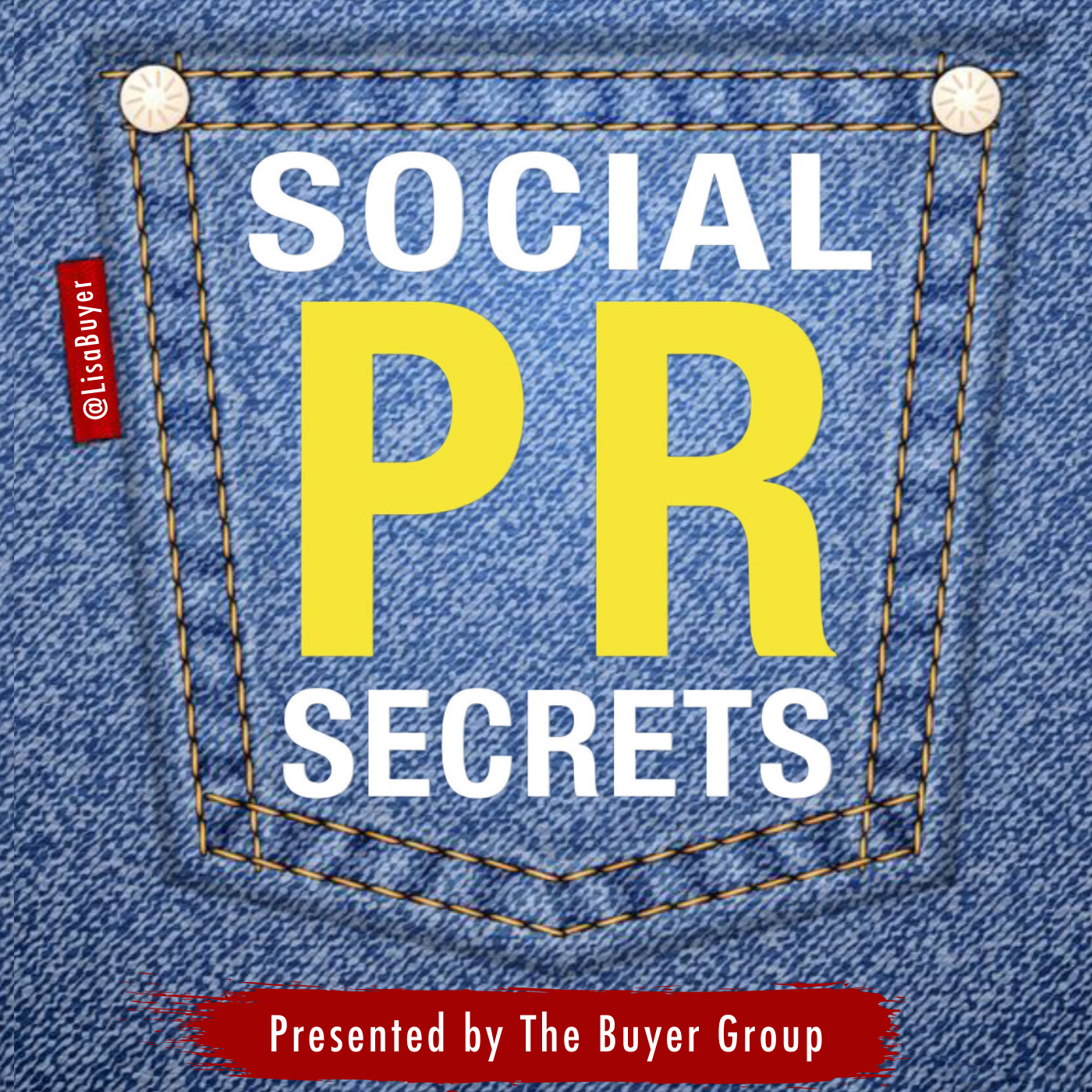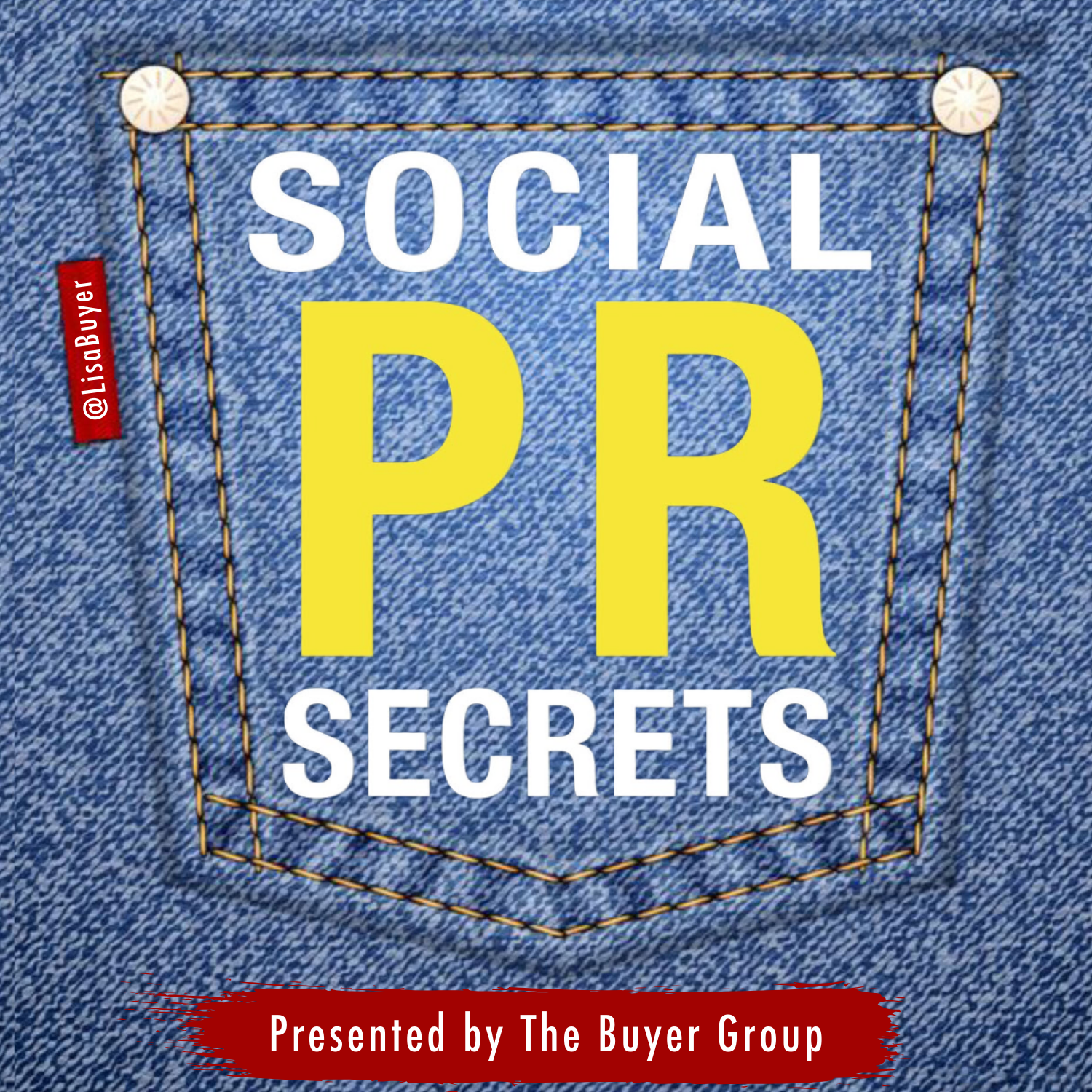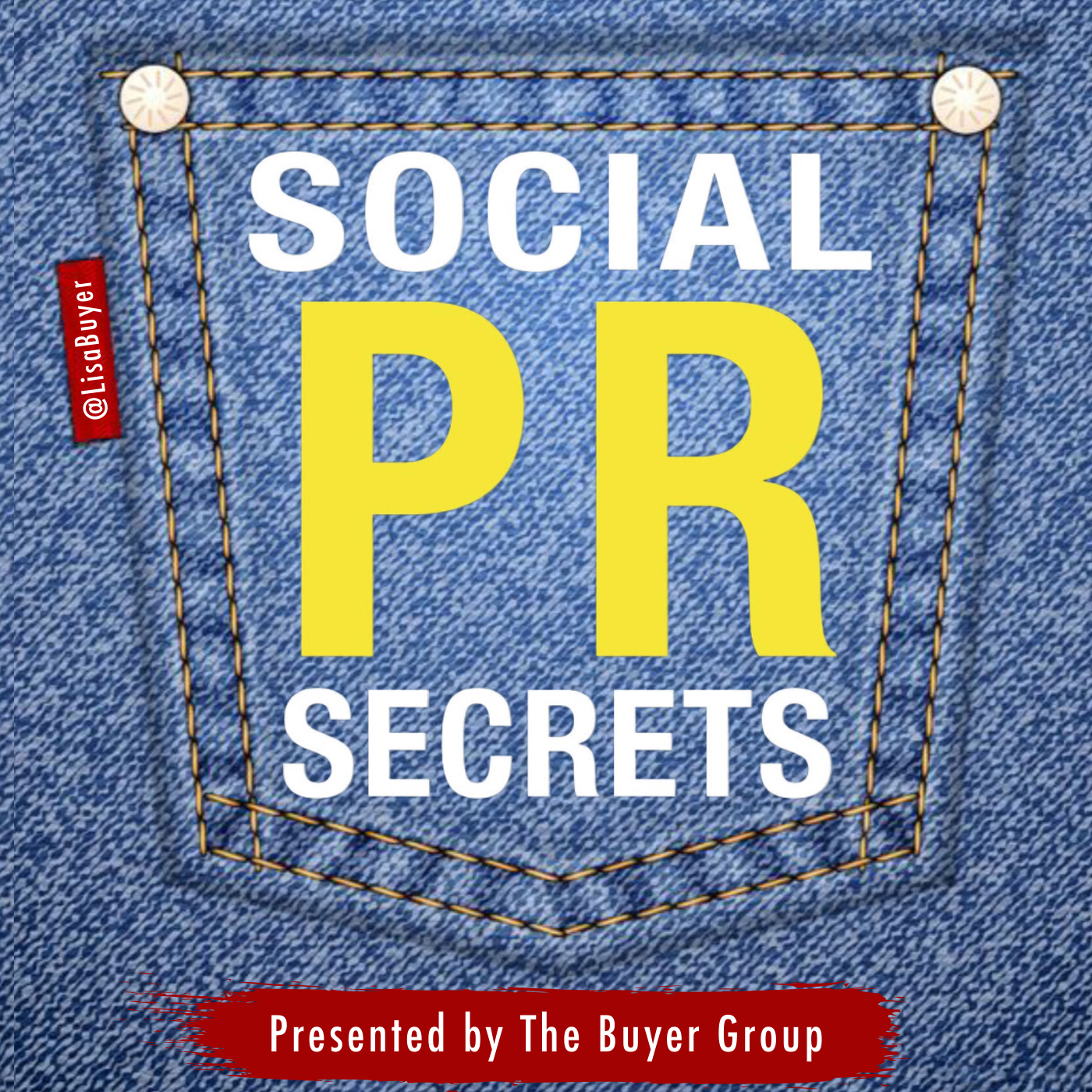In this episode of the Social PR Secrets Podcast, host Lisa Buyer delved into the basics and specifics of e-commerce content with Megan Foster. Megan served as a commerce editor for well-known media like The Today Show and Business Insider. She understands the e-commerce world from all perspectives: PR agencies, editors, and shopping content writers. Make sure to listen to set up your own e-commerce affiliation strategy in 2021!
When thinking about getting your product featured through an affiliate program, Megan says you have to first and foremost look at who your audience is. We all know that’s central to any content creation but it’s especially important when it comes to commerce. Not only should you take your audience’s age, gender, interests into account, you also need to focus on their socio-economic status, their buying habits, and what their budget is.
From a PR perspective, you need to do your research and pitch things you are used to seeing on that publisher’s website. Make sure your product is in their usual price range and fits their habits. Indeed, publications don’t want to lose the audience they already have because they’re focusing too much on the sales.
Affiliates are the middlemen between the brand and the publisher. They help create the commission rate so that publishers earn a portion of the sales generated by their feature. If you’re getting started,
Megan recommends platforms like
If you’re a bit more experienced,
However, while they all have the same goal, they all work differently. Do your research, she says, and reach out to their customer service.
Megan says that when pitching to a publication, you can pitch to any type of write or editor, no matter how influential. That being said, she used to receive over 200 pitches a day. So how do you make your pitch stand out? Here are Megan’s top tips.
The header of your pitch email should grab the editor or writer’s attention. Words like best, new, trendy hold no meaning. Instead, be specific or use numbers.
Images of the product will tell the editor what you’re about right away. It also gives them a better understanding of what their audience’s reaction to it might be, explains Megan.
All the important information in your pitch needs to be at the top. Do not include too many details. Think about it this way: if you were standing face-to-face to the editor and only had 20 seconds to tell them about your product, that’s what needs to be at the beginning of your trip.
If an editor picks your product, they’ll appreciate having details already researched for them.
Yes, really. Don’t forget to remove [Insert Editor’s Name Here].
It’s important to tell the writer you have read their articles. But don’t pitch something they’ve already written about! Or give them a new angle to cover it. CHances are they want to write about something new and fresh.
These are all crucial tips, and this episode contains way more. From pitching CBD products to upcoming social media trends and Megan’s take on influencer culture - you don’t want to miss it!
“When you’re pitching editors, make sure there’s a story component.” - Megan Foster

What is happening to PR? Cathy Hackl, a former Hispanic marketing evangelist for Boom Social and founder of Live Video Campus provides insight into...

How can you generate customer loyalty? One of Peter Shankman’s hacks for creating your own zombie loyalists is disguising self-promotion as help! In the...

Busy to Bomb – Fit Mom Melissa Vogel pumps up the PR and branding when it comes to helping moms be the best version...